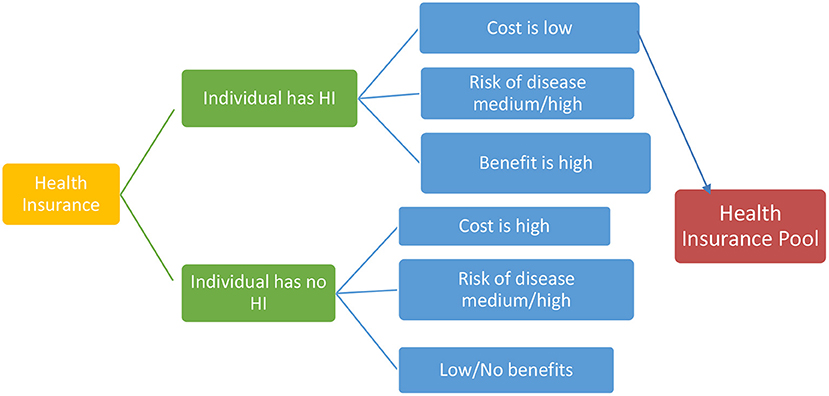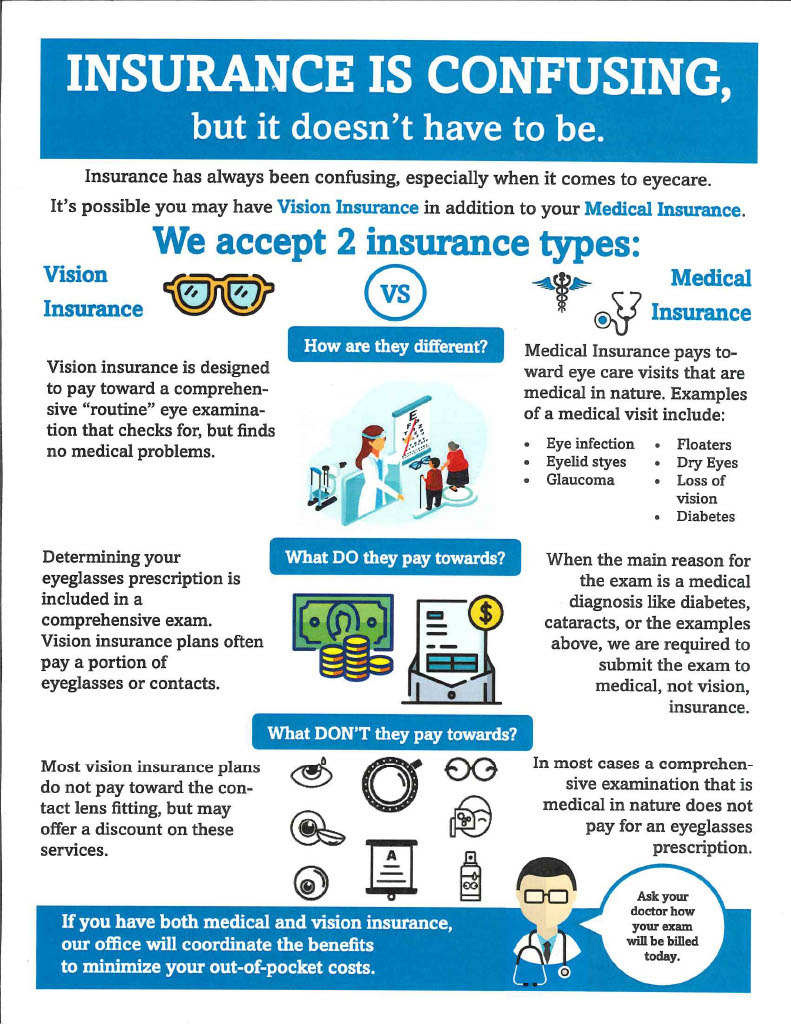A Biased View of Medicare Advantage Agent
Table of ContentsThe Facts About Medicare Advantage Agent RevealedSome Known Incorrect Statements About Medicare Advantage Agent More About Medicare Advantage Agent

follows from complies with the perplexing young reasonably profile of account uninsured with the better healthFar better health and wellness average, of younger persons. For those without access to work environment wellness insurance coverage, inadequate wellness is a prospective obstacle to purchasing nongroup coverage because such coverage might be very priced, exclude preexisting conditions, or be simply unavailable. Unless or else noted, national price quotes of people without health insurance coverage and proportions of the population with different kinds of insurance coverage are based on the CPS, the most extensively used resource of quotes of insurance coverage and uninsurance prices.

Medicare Advantage Agent Things To Know Before You Get This
The relationship in between wellness insurance coverage and accessibility to care is well established, as documented later on in this chapter. The relationship between wellness insurance policy and health and wellness outcomes is neither straight nor simple, a considerable scientific and health and wellness services study literature web links wellness insurance coverage
to improved access to care, better much betterHigh quality and improved boosted and population health wellness. The 2nd report, on individual health end results for uninsured grownups, is represented by the innermost circle of the number, while the third record, on household health, encompasses the subjects of the 2nd report yet emphasizes a various device of analysis, namely, the family.
In addition, it focuses specifically on those with no health and wellness insurance policy for any type of size of time. The problems encountered by the underinsured remain in some respects comparable to those dealt with by the without insurance, although they are usually much less extreme. Uninsurance and underinsurance, nevertheless, entail noticeably different plan concerns, and the methods for addressing them may vary. Throughout this study and the five reports to follow, the main emphasis is on individuals with no health and wellness insurance and thus no aid in spending for healthcare past what is readily available through charity and safeguard organizations. Health insurance is a powerful element influencing invoice of care because both clients and doctors react to the out-of-pocket price of solutions. Medical insurance, nonetheless, is neither needed nor adequate to gain access to clinical solutions. However, the independent and direct effect of health
insurance policy coverage on accessibility to health solutions is well established. Others will acquire the healthcare they require also without medical insurance, by paying for it out of pocket or seeking it from carriers who provide treatment complimentary or at highly subsidized prices. For still others, medical insurance alone does not guarantee invoice of treatment as a result of other nonfinancial barriers, such as an absence of healthcare service providers in their area, minimal access to transport, illiteracy, or linguistic and social differences. Official study about without insurance populaces in the United States dates to the late 1920s and very early 1930s when the Committee on the Expense of Healthcare produced a series of reports concerning financing doctor workplace visits and hospital stays. This concern became prominent as the numbers of clinically indigent climbed up throughout the Great Depression. Empirical research studies constantly sustain the link between access to care and enhanced wellness end results(Bindman et al., 1995; Starfield, 1995 ). Having a regular source of care can be taken into consideration a forecaster of accessibility, instead of a straight action of it, when health results are themselves utilized as access indicators. Recommended Reading This extension of the concept of gain access to dimension was made by the IOM Board on Checking Access to Personal Health Care Services(Millman, 1993, p. Whether or not parents are guaranteed shows up to impact whether or not their youngsters receive care as well as just how much careeven if the youngsters themselves have insurance coverage(Hanson, 1998). The wellness of moms and dads can impact their capability to take care of their kids and the level of family stress. Stressing over their youngsters's accessibility to care is itself a source of stress for parents. 3 phases comply with in this report. Chapter 2 provides a review of just how employment-based medical insurance, public programs and private insurance plan run and communicate to offer comprehensive but insufficient protection of the U.S. populace. This includes a review of historic patterns and public policies impacting both public and private insurance, a conversation of the interactions amongst the different kinds of insurance coverage, and an evaluation of why people relocate from one program to an additional or wind up
